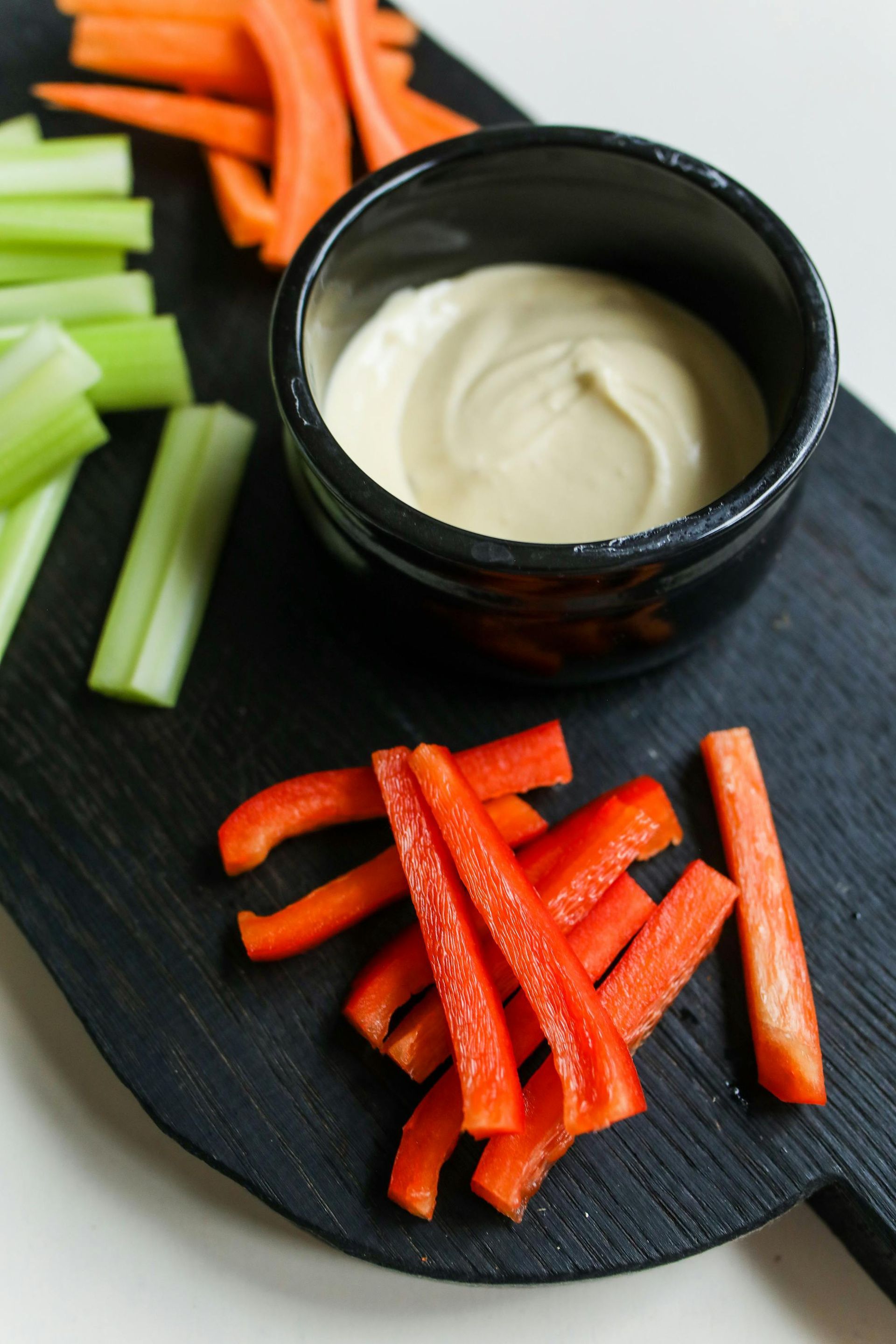Why Do We Struggle This Time of Year?
Written By: Jackie, General Manager
Is anyone else finding it difficult to stay motivated this time of year? I know I am! I don’t know what it is but it is like clock work, year after year. Do any of these resonate with you?
It is harder to get up in the morning.
It is more difficult to stay motivated.
It becomes easier to just veg on the couch.
No matter how much sleep you get, you still feel tired.
You may have feelings of despair or misery.
Do you also know that this is very common during the fall and winter months? Some researchers call it Seasonal Affective Disorder (or SAD for short). However labeled or not, the struggle is very real.
Seasonal mood shifts often include less energy, feeling less social, losing interest in favorite activities, having cravings for carbs and changes in sleep. The one main factor contributing to these mood shifts is LIGHT! We all know that days are getting shorter as we approach fall, affecting our circadian clock, the biological response to changing light levels.
We often find this time of year many people begin to lose interest in staying active. Yet, staying active is one of the most important aspects in our life for boosting our moods; along with getting sunlight, eating right, and surrounding yourself with people.
Here are some tips to help get over the Fall Mood hump:
Remain active - if you are going to the gym, continue showing up! If getting up in the morning is hard now to go workout, go right after work! Commit to keeping yourself active, especially when it becomes hard!
Get outside for your breaks and take in the sunlight/fresh air. That fresh air can help rejuvenate you and the sunlight will feel great on your skin.
Try to stick to a schedule. Go to bed at the same time every day, wake up the same time every day! Schedule in those things that are important to you.
Eat healthy and try to limit excessive sweets and simple carbs as they will only contribute to your fatigue and mood.
Prioritize social activities and find ways to stay connected with people! Join a book club, join friends for coffee at a local cafe or park, participate in social activities, find something that will allow you to connect!
If you are looking for that sense of community in a gym where you can spend time working out together to improve your mood, then reach out today to book a No Sweat Intro information session where we can chat about getting you active to boost your mood.
The Coaches at Degree are ready to help you get started! Click HERE or email info@degreefitnessseaforth.com to make that important first connection!



